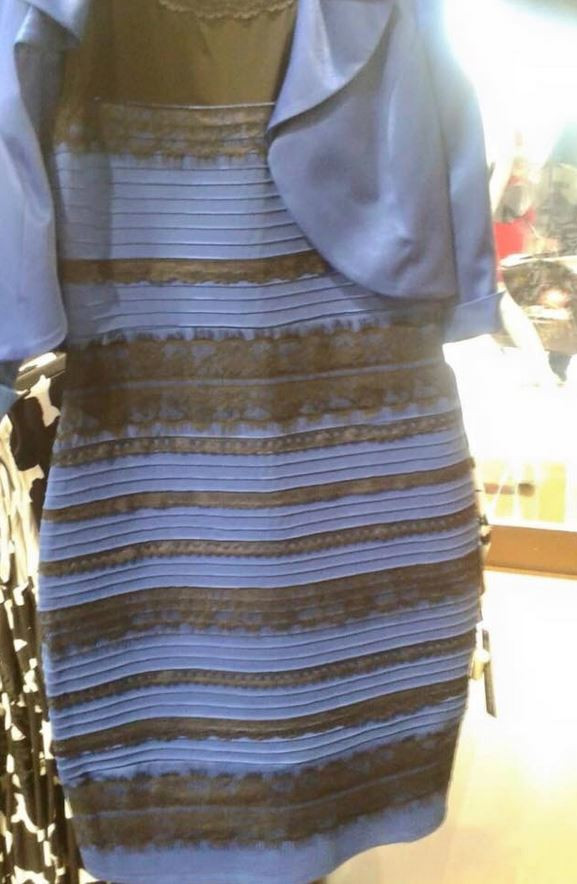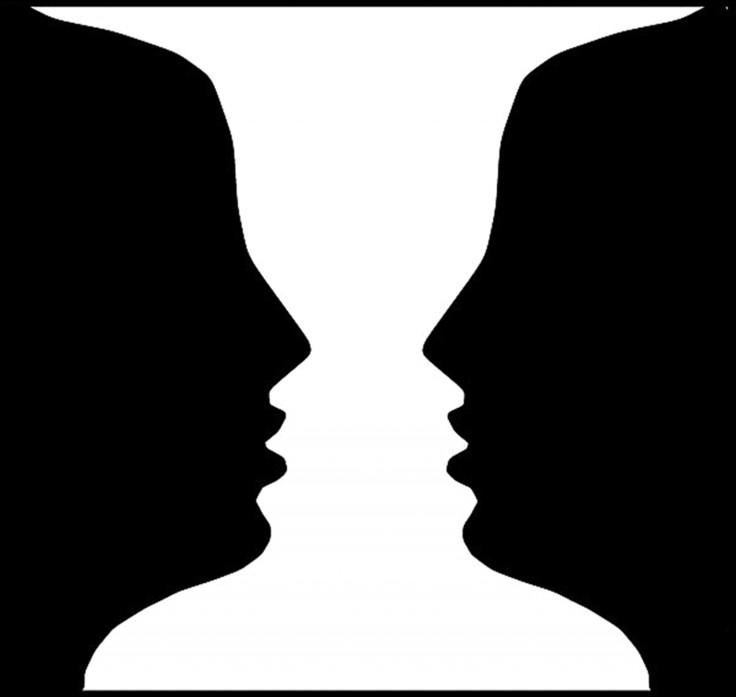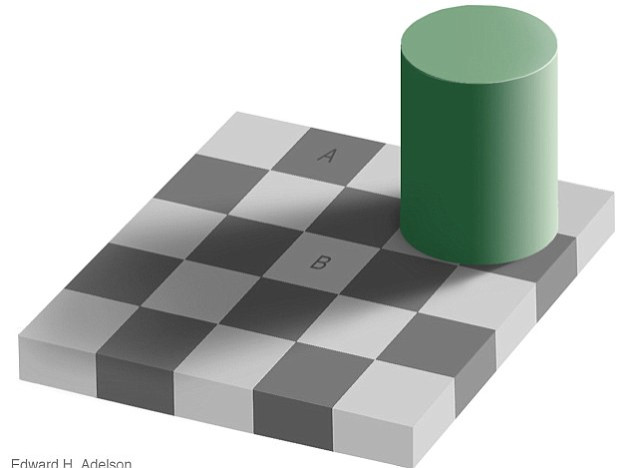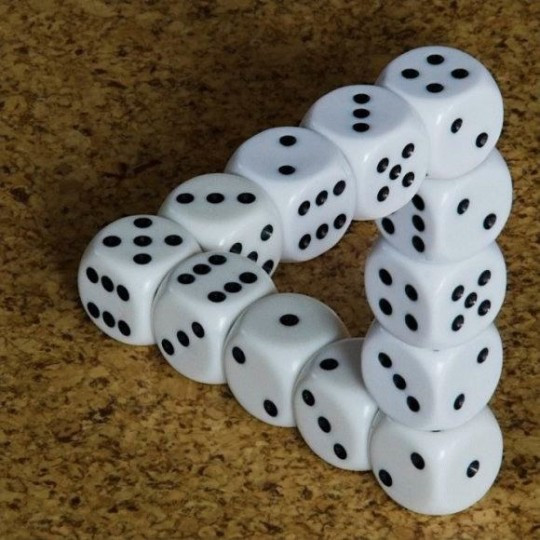The Dress, Rubin's Vase, Young Lady and Old Lady and other famous optical illusions

Unless you have been living under a rock you will be well aware of a debate raging on social media over a dress.
For the last 24 hours, the answer to the question "What colour is this dress?" has attained the same philosophical magnitude as the debate over the meaning of life.
The entire ruckus kicked off online after a blogger and her frustrated friends could not agree on the hue of the outfit and turned to Tumblr for help when it triggered a fierce argument.
But this is not the first time an image have given us a glimpse into our amazingly complex minds.
As the world decides whether they are team #whiteandgold or team #blueandblack, IBTimes UK takes a look at some of the world's most mind-boggling optical illusions.
Rubin's Vase
Rubin's Vase is an ambiguous two-dimensional form. In this famous illusion developed by Danish psychologist Edgar Rubin in 1915, the viewer is usually presented with two shape interpretations-two faces or a vase.

Checker shadow
Edward H Adelson from the Massachusetts Institute of Technology is the man behind this brain teaser. Most people won't believe this, but the square labelled "A" and the square labelled "B" are actually exactly the same shade of grey. It's the cylinder's shadow that confuses everything.

The Duck or the rabbit?
The Duck-Rabbit portrait is known as a bistable image. When you first look at this picture you'll probably see a rabbit facing to the right. But a double take may reveal a duck. The earliest known version is an unattributed drawing from the 23 October 1892 issue of Fliegende Blätter.

The dice complex
This optical illusion is based on a drawing originally created by physicist Roger Penrose in 1954. In reality, the "impossible triangle" is in fact three lines of dice arranged in the shape of the letter "Z".

The Hag and the Beauty
They say beauty is in the eye of the beholder. So do you see an old hag or a stunning young lady? This is one of the most famous optical illusions ever made and was first published in 1915 by the cartoonist W.E. Hill

Spinning Silhouette
The spinning silhouette, created in 2003 by web designer Nobuyuki Kayahara, first appears to circling in a clockwise motion. But if you look at it long enough it might just switch up on you and start spinning in the opposite direction.
© Copyright IBTimes 2025. All rights reserved.






















